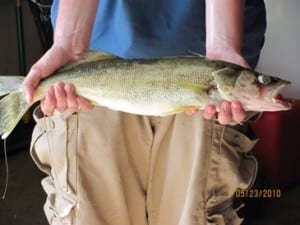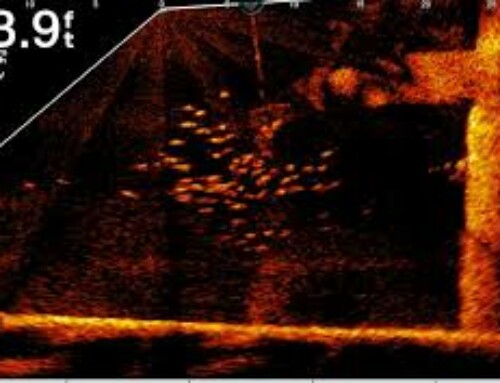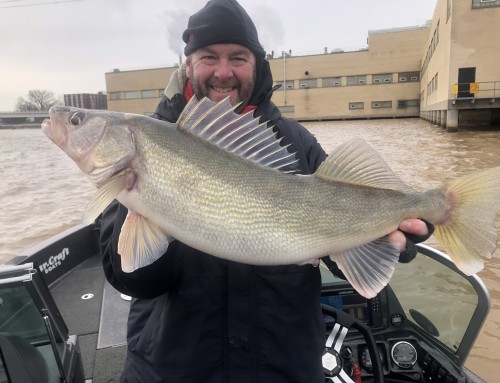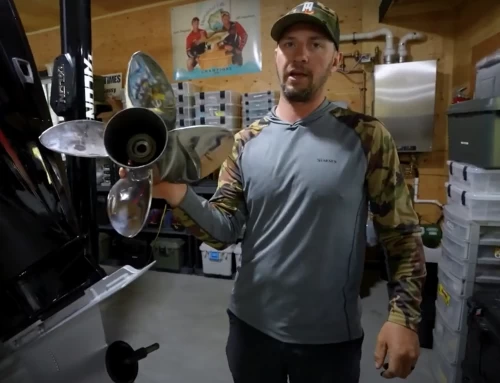Cause and effect
2012 has been an excellent year for the Lake Winnebago fishing season once we got past the poor ice conditions. The walleye fishing was at a pinnacle, and the perch were more than willing to provide great action for the anglers. Unfortunately, 2012 may have been a trigger for a temporary decline on the system in the near future.
 Recent walleye classes have been fabulous. They have provided some near record hatches, and the exploitation rates have been healthy for the system to promote growth. The amount of mature walleyes in the system is mind boggling.
Recent walleye classes have been fabulous. They have provided some near record hatches, and the exploitation rates have been healthy for the system to promote growth. The amount of mature walleyes in the system is mind boggling.
However, preliminary studies are indicating that the 2012 year class of walleyes was extremely small. The DNR estimated the 2012 hatch as one of the bottom 6 year classes on record. This year class still needs to endure a winter; so until then a true look at the class can’t be established. Three major factors play into this scenario of the poor year class in 2012:
- The poor spring conditions, with quick warm up and little rain, caused some of the mature females not to spawn, or spawn at inopportune times. This resulted in low hatch rates.
- Because the spring warm up happened so quickly, females which did spawn may have produced immature eggs, which were not ready to be fertilized.
- The extended devastating heat wave may have further destroyed the small class of ”young of the year (YOY)”. Walleyes cannot tolerate extended water temperatures over 90 degrees as we saw in June/July/August.
The effects of these factors won’t be seen for several years if ever. The system will have multiple opportunities to replenish itself over the next several years. However, these are just opportunities. Environmental factors will dictate the future of the system, along with anglers. Anglers will need to consider selective harvest at higher levels moving forward.
The good news is that the Fall census of 2nd year walleyes (2011 class) amounts to the fifth largest class on record. Most of these walleyes now fall into the 9-12 inch category. Somehow, these fish endured the hot summer without a major blow to their population base.
Another case in point was the devastation of the Pike population in the upper lakes. In 2012, the pike took a major population hit to the mature fish. Again, high water temperatures were to blame and many 40-inch plus pike which were found floating dead in Lake Poygan and other areas. It will take some time for the trophy-sized pike to reemerge in these areas to pre-2012 numbers; however, nature is good at correcting itself, and when it cannot, the Department of Natural Resources can always assist. The WI-DNR plans to examine the extent of the pike die-off in the near future.
Every cause and effect this year can be recoverable. A strong year class can eliminate a poor year class very quickly. So hang onto your poles, as we wait for Mother Nature to decide the future of Lake Winnebago.





